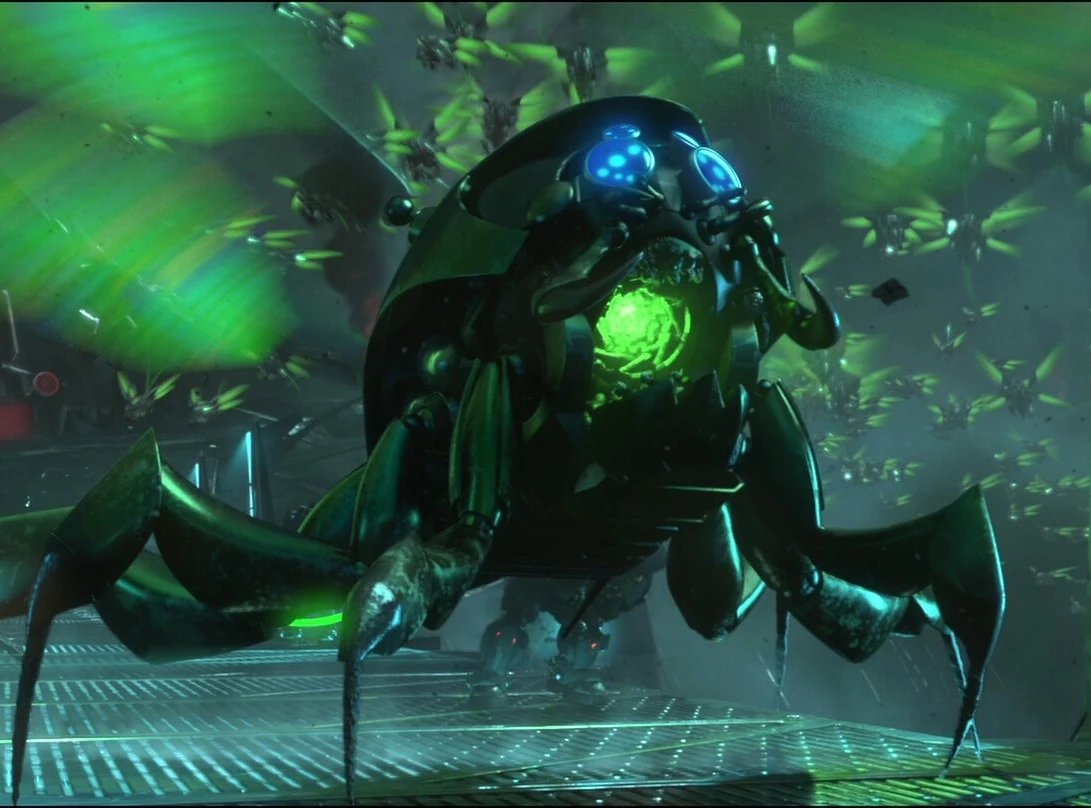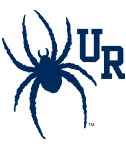Background about antibiotics
In 1928, Alexander Fleming discovered the antibiotic, penicillin, and found that it could inhibit bacterial growth. By 1943, researchers were conducting clinical trials for this “wonder drug” and production quickly increased as it was successful in treating bacterial infections. Penicillin and other antibiotics are still prescribed today. However, in 2024, the World Health Organization stated that antibiotic resistance is one of the “most urgent” global health threats of the day. Apparently, bacteria are becoming less susceptible to penicillin and other antibiotics. Why are our “wonder drugs” now suddenly failing?
Essentially, bacteria can develop the ability to grow even in the presence of the antibiotics which are supposed to kill them! This can render existing antibiotic treatments ineffective and put patients in danger.
When I first learned about antibiotic resistance, I remember wondering why researchers can’t just make new antibiotics. Unfortunately, antibiotics take a lot of time and money to make, and it is challenging to discover new ways to kill bacteria. Consequently, the issue of antibiotic resistance is becoming a bigger and bigger global issue.
I was also curious about how antibiotic resistance occurs in the first place. Do bacteria just decide one day that they have had enough with being killed by these antibiotics, and start to rebel against them? Do bacteria train together to fight against their pharmaceutical opponents?

How antibiotic resistance occurs
In actuality, antibiotic resistance results from two main factors: genetic mutations and gene transfer.
Genetic mutations result from random errors in DNA replication. DNA, which is made of a sequence of nucleotide building blocks, contains the instructions for how organisms, such as bacteria, function. As DNA is replicated to be passed onto the next generation, random mistakes can occur. Some of these mistakes have no impact. Others have devastating consequences, causing the bacteria to not function properly and die. And others can be beneficial to the bacteria, giving them an advantage and making it easier for them to survive in their environment. Sometimes, these beneficial mutations can confer antibiotic resistance abilities to the bacteria.

Another way that bacteria can acquire resistance is through horizontal gene transfer. This occurs when bacteria send genetic information to other bacteria via a plasmid. Plasmids are small circular pieces of DNA which can encode for additional instructions for bacteria. Bacteria transmit these plasmids to each other through the process of conjugation. This can introduce new genes to different types of bacteria, or spread genes around a population. When bacteria replicate, they also replicate these plasmids, allowing antibiotic resistance traits to pass down through generations.

In short, random genetic mutations and horizontal gene transfer can lead to bacteria developing and transferring antibiotic resistance. This leads to antibiotics, which typically target specific cellular components or processes, to no longer work.
Antibiotic resistance mechanisms
But how does this work on a molecular level?
Depending on the specific genetic mutation or the gene that was transferred, antibiotic resistance can occur in a multitude of different ways. In some cases, the bacteria develops the ability to prevent the antibiotic from passing into the cell in the first place due to changes in the cell membrane. Another option is bacteria build efflux pumps, which are proteins that transport substances in and out of cells. If bacteria have an efflux pump that can grab a specific antibiotic and send it out of the cell, the bacteria remain unaffected. Bacteria can develop methods of breaking down the antibiotic, making it ineffective.

Genetic mutations could also cause the target of the antibiotic to change. For example, the penicillin antibiotic targets the cell wall of bacteria. If the bacteria develop a genetic mutation that changes the structure of their cell wall enough so that the antibiotic can no longer bind, then the antibiotic no longer can kill the bacteria. Another method of acquiring antibiotic resistance occurs when bacteria develop cellular processes that the antibiotic doesn’t target, allowing it to evade the antibiotics.
Results of antibiotic resistance
Due to evolution and natural selection, bacteria that have these abilities which cause them to become resistant to antibiotics are more likely to survive in an environment with the antibiotic they are resistant to, while sensitive bacteria die. This results in dangerous bacteria multiplying because they are more fit, or adapted, to their environment. Like the Cy-Bug characters from the movie Wreck-It Ralph, unless they are given an antibiotic they are sensitive to, antibiotic resistant bacteria continue to “eat, kill, [and] multiply”.

This can have devastating results for patients, leading to longer and more expensive hospital stays, more treatments, side effects like organ failure, and a greater risk of death. To make things more complicated, some strains of bacteria are not only resistant to one type of antibiotic, but multiple. These strains are called superbugs, and they are especially challenging to treat, even with very strong “last resort” antibiotics, such as vancomycin. One example of a superbug is methicillin-resistant Staphylococcus aureus, or MRSA, which can cause serious skin and blood infections which are resistant to methicillin and similar antibiotics.
So what now?
Now that an increasing number of bacterial strains are becoming resistant to an increasing number of antibiotics, doctors and researchers are trying to be more deliberate when deciding when to use antibiotics, or which antibiotics to use. In addition, antibiotic adjuvants are a relatively new area of research that holds potential in combatting antibiotic resistance. These compounds are taken with antibiotics to make them more effective against resistant bacteria.
This research into new antibiotics and antibiotic adjuvants holds the potential to help humans fight back against the evolution and spread of these dangerous superbugs!
Natalie Small
Biology Major
Class of 2028

Recent Comments